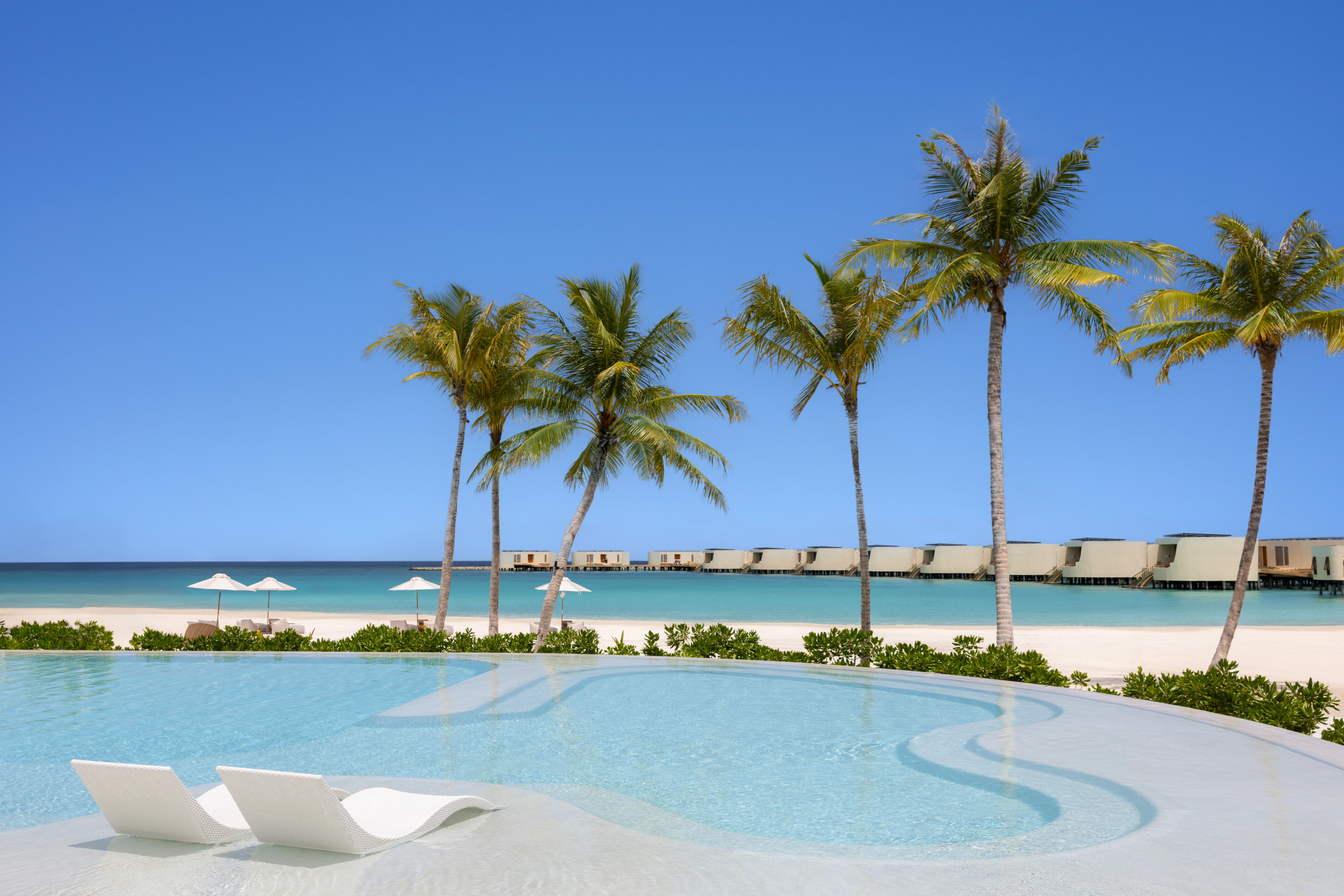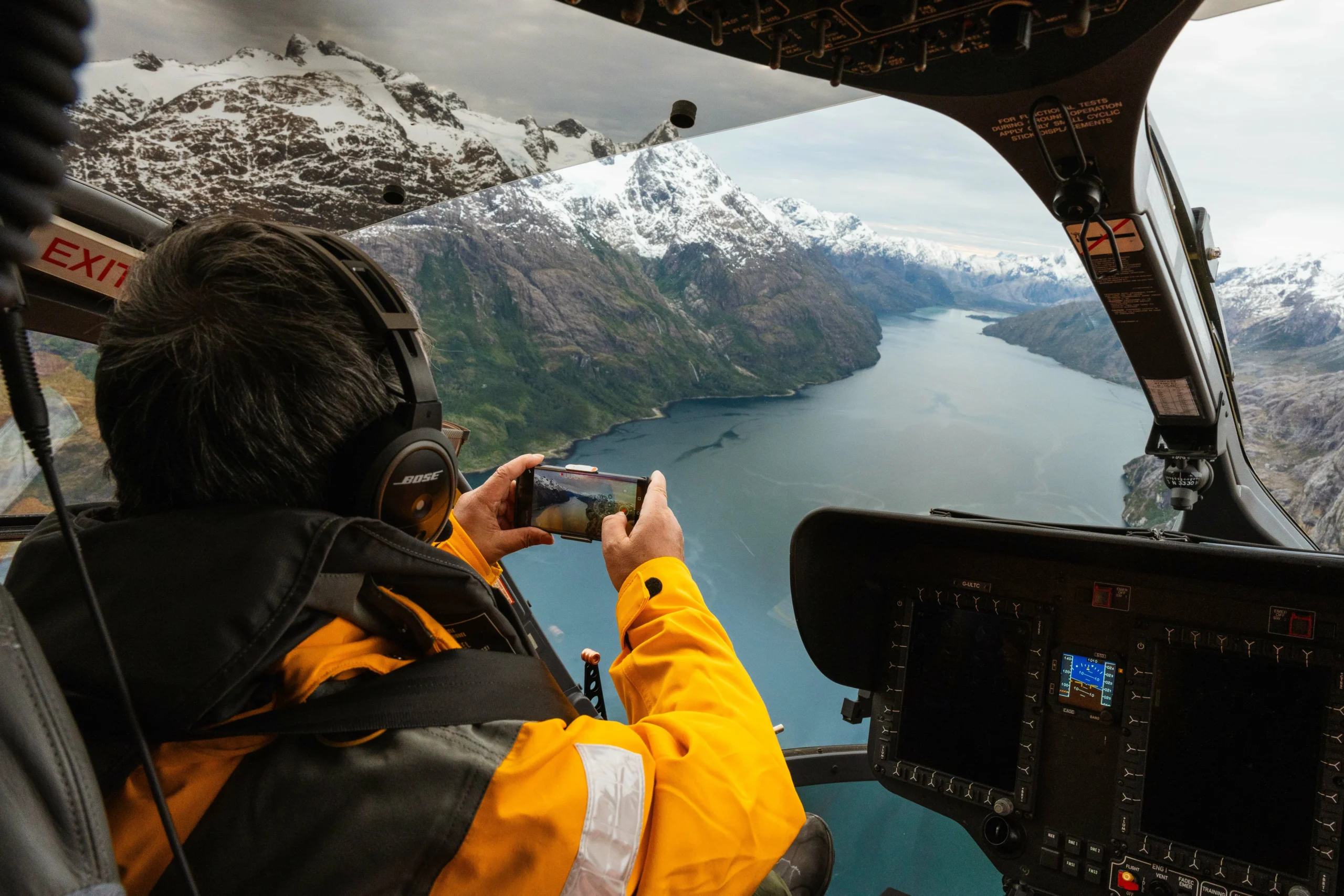
With its epic 15-day Essential Patagonia: Chilean Fjords and Torres del Paine voyages, Quark Expeditions is offering the chance to retrace Charles Darwin’s legendary expedition to the ‘edge of the world’ - deep into the towering peaks, majestic fjords and lush rainforest of Chilean Patagonia at the southern tip of South America.
Truly one of the unique ways of exploring Patagonia, this awe-inspiring journey will take place twice starting from Buenos Aires - from 12-26 March 2026 and 20 March-3 April 2027.
The ship-based itinerary allows guests to maximise their Patagonian adventure, and includes exploration by helicopter and Zodiac into areas few others get to see. The journey includes a heli-flightseeing excursion, Zodiac excursions, all food and drink onboard, free WiFi and a free Quark parka to keep.
Operating the Essential Patagonia: Chilean Fjords and Torres del Paine voyages is the technologically-advanced ship Ultramarine. Designed to extend the boundaries of exploration, its facilities include the Ambassador Theater, Balena Restaurant, Bistro 487, Panorama Lounge and Bar, Tundra Spa and Sauna, a fitness centre, boutique, ready rooms, wraparound deck, water-level Zodiac hangar and twin engine helicopters.
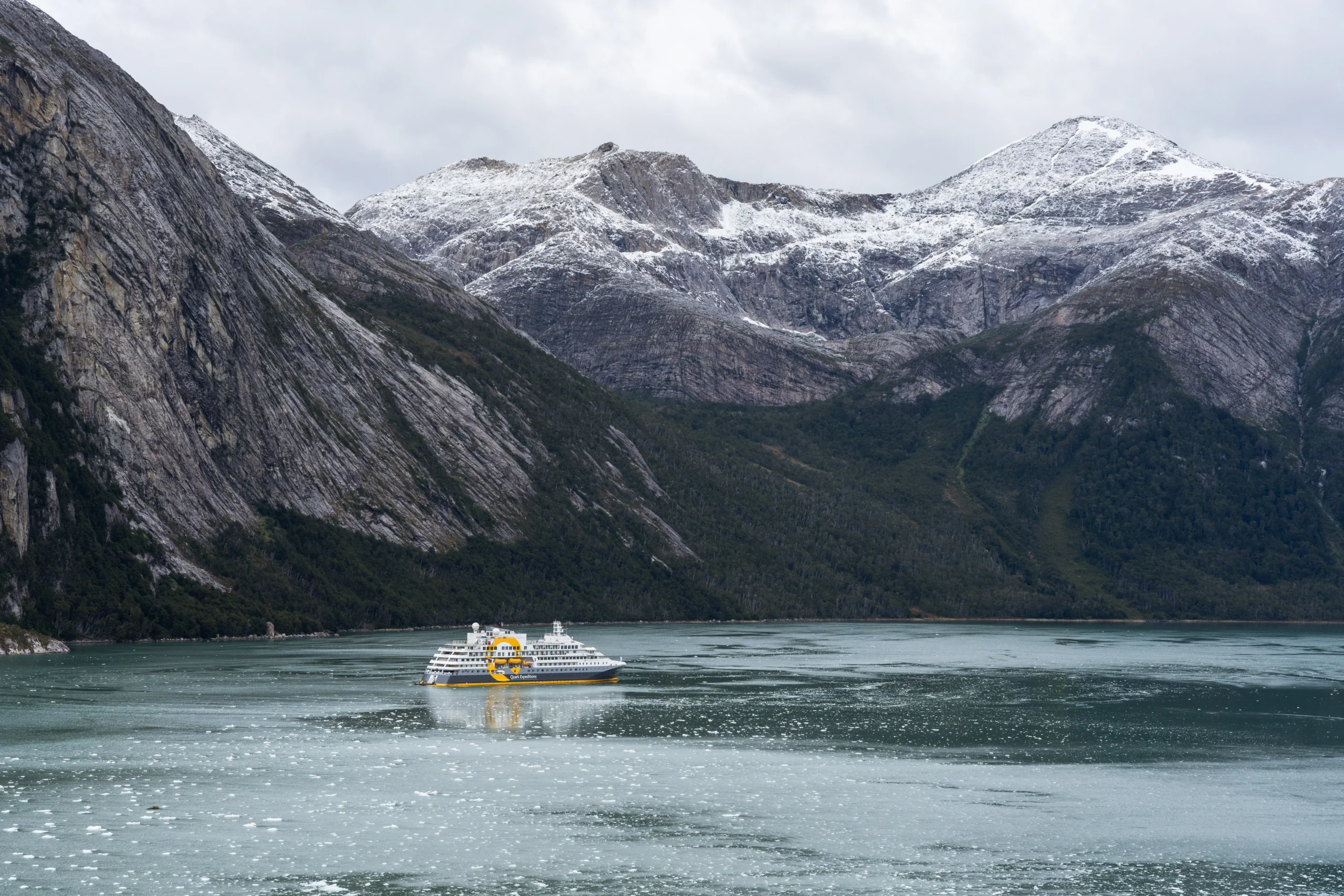
Essential Patagonia: Chilean Fjords and Torres del Paine
The 15-day Essential Patagonia: Chilean Fjords and Torres del Paine voyage begins with arrival in the famed Argentinian capital of Buenos Aires, known for its splendid architecture and rich European heritage. Following an overnight stay, there’s a private charter flight to Ushuaia - a quaint port town at the southern tip of Patagonia that lays claim to the title of the world’s southernmost city. Embarkation on the Ultramarine is in the late afternoon, with the ship sailing first along the historic Beagle Channel that transects the Tierra del Fuego archipelago in the extreme south of South America.
Day three sees the journey to the ‘edge of the earth’ begin in legendary fashion with a visit to Cape Horn (Cabo de Hornos). At the southernmost point of the Tierra del Fuego (Land of Fire) archipelago, this famous rocky headland on Hornos Island marks the northern boundary of the likewise famous Drake Passage, where the Atlantic and Pacific Oceans meet. From the 1700s to the early 1900s, before the Panama Canal opened, it was part of a major global trade route. If sea and weather conditions allow, an onshore visit is made here to see the lighthouse, the Stella Maris (Star of the Sea) Chapel and the albatross-shaped monument that honours the many mariners who lost their lives attempting to ‘round the Horn’.
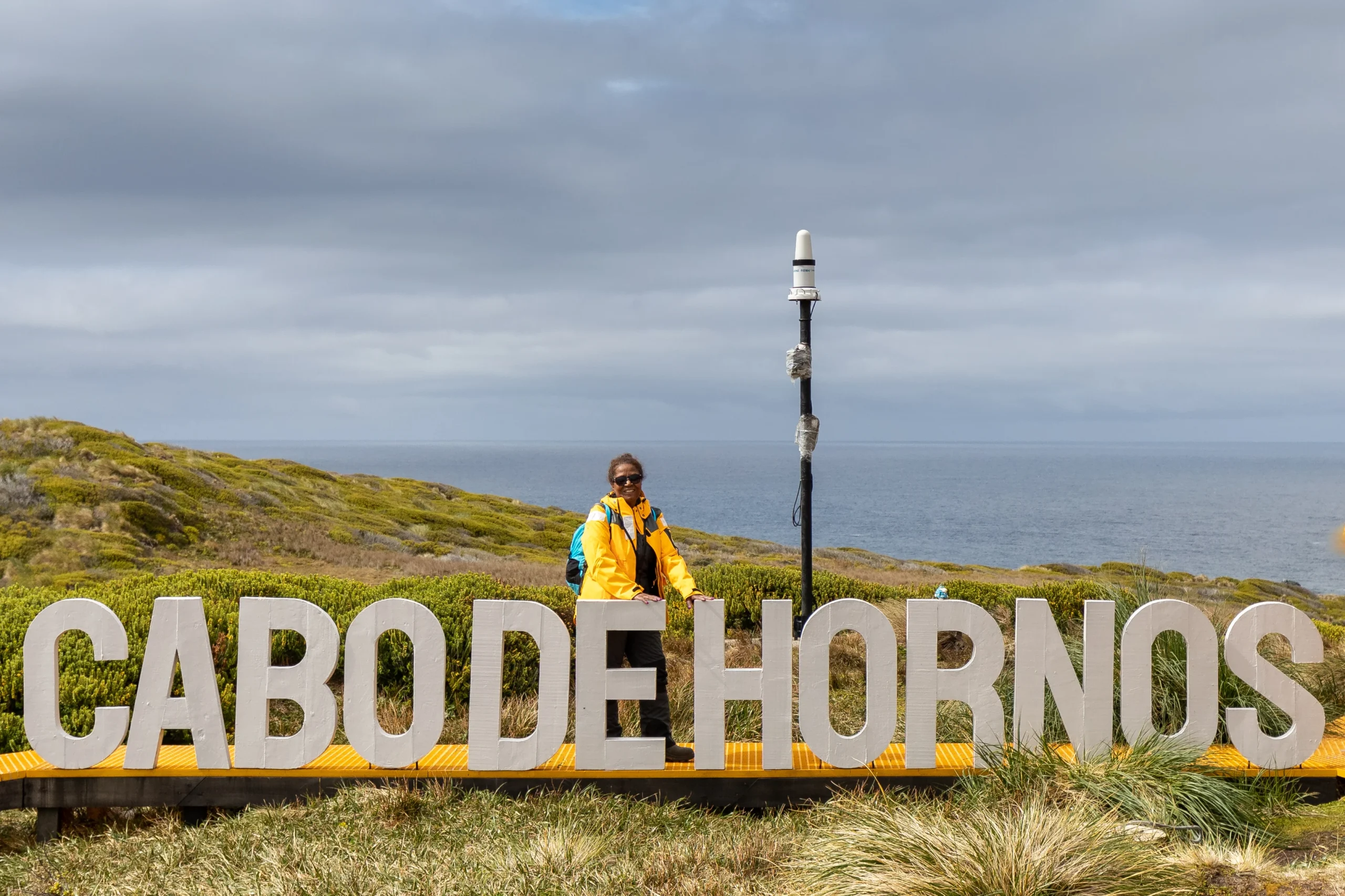
As the Ultramarine then sails north toward the southern edge of Tierra del Fuego, the Expedition Team will deliver stimulating presentations on the glacial systems, geology, environment, wildlife and fascinating history of the region. The route here follows Darwin’s journey through the Beagle Channel, a 240 km strait separating Tierra del Fuego’s main island from several smaller islands, and is full of dramatic photo opps. Rugged and untouched, with jagged-peaked mountains and glaciers, the landscape is as starkly beautiful as it was when it greeted Darwin in 1833.
What Darwin experienced here would later help him form his then controversial theory on evolution by natural selection. Glacier Alley - as it’s nicknamed - is one of the most spectacular ship passages in Tierra del Fuego. Situated within Alberto de Agostini National Park, Pia and Garibaldi Glaciers offer jaw-dropping views. The majestic fjords here can be navigated by Zodiac, during which the Expedition Team will keep a watch for massive Andean condors, whose wing span is second only to the wandering albatross.
Day six features another exciting Zodiac excursion, this one to Dainelli Glacier (sometimes called Aguila - Spanish for Eagle Glacier). Located at the end of a tranquil lagoon surrounded by lush sub-Antarctic forests in Agostini Sound, it is a unique sight as it appears to flow over rolling hills rather than mountains.
The voyage continues north on day seven to cruise the Chilean fjords, the Ultramarine navigating through a remote network of coastal fjords and channels and also venturing out into the Pacific Ocean. Gliding past soaring snow-capped peaks, there’s time to contemplate both the indigenous peoples who thrived here for thousands of years and the early European mariners who traveled the same sheltered passageways.

The following two days are spent around Puerto Natales and Torres del Paine National Park, one of the most stunning wilderness areas in South America. It is a UNESCO biosphere reserve, designated so both for its natural wonders and ancient human history. The Ultramarine will make its way through a mesmerizing maze of deep, windswept fjords, narrow channels and isolated bays frequented by imperial and king cormorants, South American terns, black-necked swans and southern wigeons (Chiloé wigeons).
On-shore time here allows for a day of hiking and exploration by chartered bus, with traditional Patagonian cuisine to enjoy in the afternoon. A second full day on dry land includes a visit to a working Patagonian estancia (ranch) founded in 1891 by Scottish immigrants, where the local grasslands wildlife to look out for includes ostrich-like rhea and guanacos and there’s a delicious lunch of barbecued lamb al palo (‘on a stick’) before returning to the ship.
The voyage continues into the pristine waters of the Canal de las Montañas (Channel or Fjord of the Mountains), where the spectacular landscapes leave the viewer breathless. Waterfalls cascade down between the jagged peaks that rise sharply on either side of this narrow, 66 km long channel that’s dotted with glaciers exceeding elevations over 2,510 m. It’s an ideal location to explore by Zodiac or to hike on land to scenic viewpoints. An optional kayaking excursion is also possible.

Day 11 sees the Ultramarine arrive at Tuckers Islets - a series of small islands and rocky outcrops in Almirantazgo Sound (Admiralty Sound) fjord off the Strait of Magellan. Conditions permitting, a Zodiac excursion offers the chance to view a colony of over 4,000 breeding Magellanic penguins, named for Portuguese explorer Ferdinand Magellan whose crew sighted the cute creatures in 1520 on their circumnavigation of the globe. Other wildlife in the area includes Chilean skuas, oystercatchers, kelp geese and even dolphins.
Still in Almirantazgo Sound, there’s another Zodiac excursion and exploration ashore at Ainsworth Bay - among the most picturesque and pristine places in Patagonia and home to abundant birdlife. Conditions permitting, there’s also a visit ashore by Zodiac at Bahia Brookes (Brookes Bay) where a number of waterfalls and glaciers can be seen up closer, including the calving North Brookes Glacier set against the backdrop of the towering Darwin mountain range.
Marta Island, in the Strait of Magellan, is another fantastic location for wildlife spotting - in this case more birdlife and an over 1,000-strong colony of Patagonian (South American) sea lions. A circumnavigation of the island by Zodiac offers plenty of opportunity to observe and photograph these giant pinnipeds - some males weighing over 300 kg - from a short distance.
Arrival in Punta Arenas on day 15 wraps up the two weeks of Patagonian exploration, with a transfer to the airport for the charter flight to Santiago.
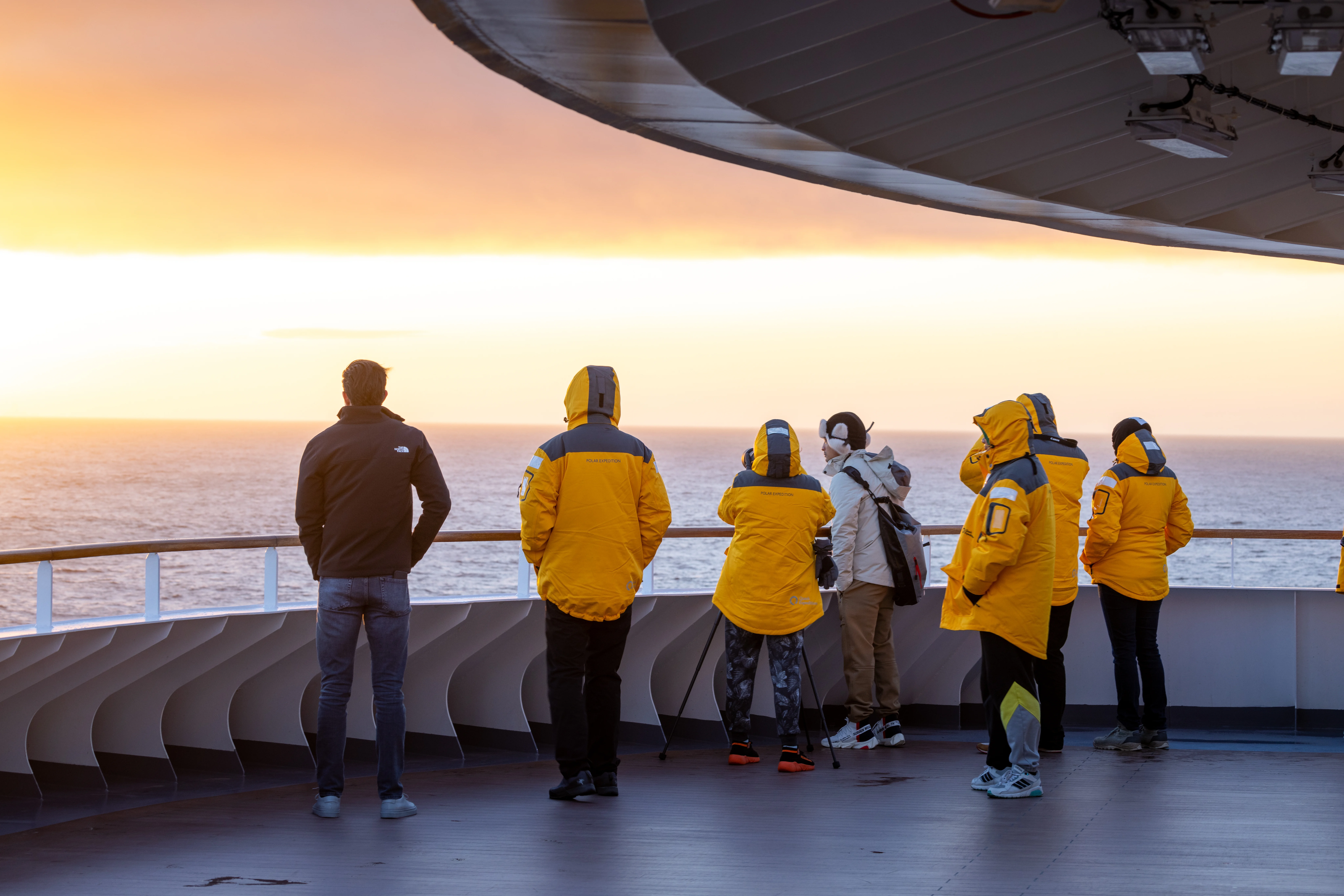
Experience the picturesque beauty and amazing wildlife of Chilean Patagonia with Quark Expeditions! Visit the Quark Expeditions’ website now for contact details of the Polar Travel Advisor team nearest to you.
















